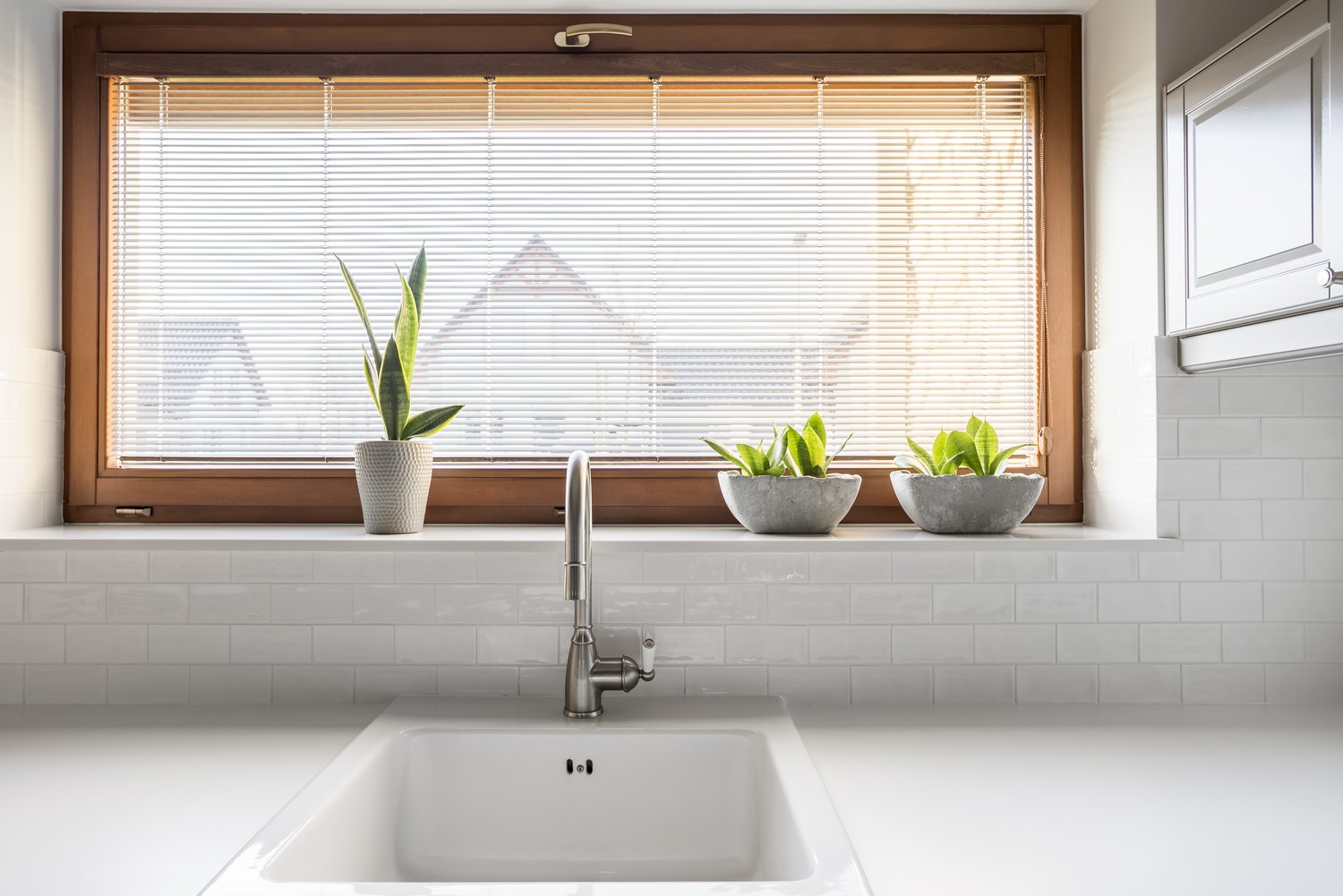Replacing your home’s windows is a significant investment that can enhance both aesthetics and energy efficiency. Before diving into this project, careful planning and consideration of multiple factors can save you time, money, and potential headaches. This comprehensive window replacement checklist covers essential considerations from budgeting and timing to material selection and contractor hiring. Whether you’re replacing a single window or undertaking a whole-house upgrade, these guidelines will help you navigate the process with confidence.
Assessing Your Current Windows
Before creating a planning new windows strategy, evaluate your existing windows thoroughly. Determine whether they truly need replacement or if repairs might suffice. Signs that replacement is necessary include significant drafts, condensation between glass panes, difficulty operating, visible damage to frames, and escalating energy bills. Pay attention to how your current windows perform during extreme weather conditions. Some homeowners mistake minor issues for replacement needs when simple repairs could extend window life by several years. Consider the age of your windows as well—most quality windows have a lifespan of 15-25 years, though this varies by material and maintenance history.
Establishing a Realistic Budget
Financial planning is perhaps the most critical element of your window replacement checklist. Window costs vary dramatically based on material, style, size, and energy efficiency ratings. Entry-level vinyl windows might cost $200-$400 per window installed, while high-end wood or fiberglass options can exceed $1,000 per window. Beyond the windows themselves, factor in potential expenses for structural repairs, trim work, and finishing. Many homeowners find it helpful to set aside an additional 10-15% of their budget for unexpected costs that commonly arise during renovation projects. If budget constraints exist, consider phasing your project—perhaps replacing the most problematic windows first, then completing others in subsequent years.
Timing Your Project
Scheduling is an often overlooked aspect of window replacement. While installations can technically occur year-round, certain seasons offer advantages. Spring and fall typically provide mild weather conditions that minimize household temperature fluctuations during installation. Summer installations can work well in many climates, though extreme heat may affect caulking and sealing materials. Winter installations are possible but may create temporary comfort issues and pose challenges for proper sealing. Additionally, consider that peak seasons (typically spring through fall) often mean longer wait times for contractors and potentially higher prices. Planning your window replacement project during off-peak times might result in better pricing and more flexible scheduling options.
Selecting Window Materials
Material selection represents one of the most significant considerations for window upgrade projects. Each material offers distinct advantages and limitations. Vinyl windows provide excellent value, low maintenance, and good energy efficiency, though they offer fewer aesthetic options. Wood windows deliver unmatched beauty and historical authenticity but require regular maintenance and typically cost more. Fiberglass and composite options balance durability with moderate maintenance requirements. Aluminum windows offer strength and slim profiles but conduct heat and cold more readily than other materials. When exploring materials, AskHomey recommends considering your climate, home’s architectural style, budget, and personal maintenance preferences before making this crucial decision.
Understanding Energy Efficiency Ratings
Energy performance should rank high on any window replacement checklist. Modern windows offer significant improvements over older models, but efficiency varies considerably between options. Familiarize yourself with key ratings including U-factor (measuring heat transfer resistance), Solar Heat Gain Coefficient (indicating solar radiation blockage), Visible Transmittance (light passage), and Air Leakage ratings. Look for ENERGY STAR certification appropriate for your climate zone. Consider whether special features like low-E coatings, gas fills, multiple glazing layers, or insulated frames make sense for your situation. The upfront cost increase for high-efficiency windows typically pays dividends through reduced energy bills throughout the windows’ lifespan.
Choosing the Right Contractor
The installation quality often matters as much as the windows themselves. Research potential contractors thoroughly by checking credentials, insurance coverage, licenses, and references. Examine reviews on multiple platforms and ask for detailed written estimates from at least three companies. Avoid contractors who pressure you with limited-time offers or significantly undercut competitors’ prices. Ensure your contractor will handle any necessary permits and clearly outline warranty coverage for both products and labor. Quality installers will conduct pre-installation measurements, discuss specific installation methods, and explain how they’ll handle potential complications like rotted framing or improper flashing.
Preparing for Installation Day
Once you’ve worked through your considerations for window upgrade and selected your products and installer, prepare for the installation process. Remove window treatments, pictures, and furniture from affected areas. Create clear paths for workers to access windows and designate spaces where they can stage materials and tools. Discuss how contractors will protect your flooring and furnishings. If you have security systems or specialized window treatments, determine whether these need professional reinstallation after window replacement. Clear communication with your installation team about expectations and logistics helps ensure a smooth process.
For more tips and to connect with reliable home service professionals, follow AskHomey on Facebook and Instagram.



